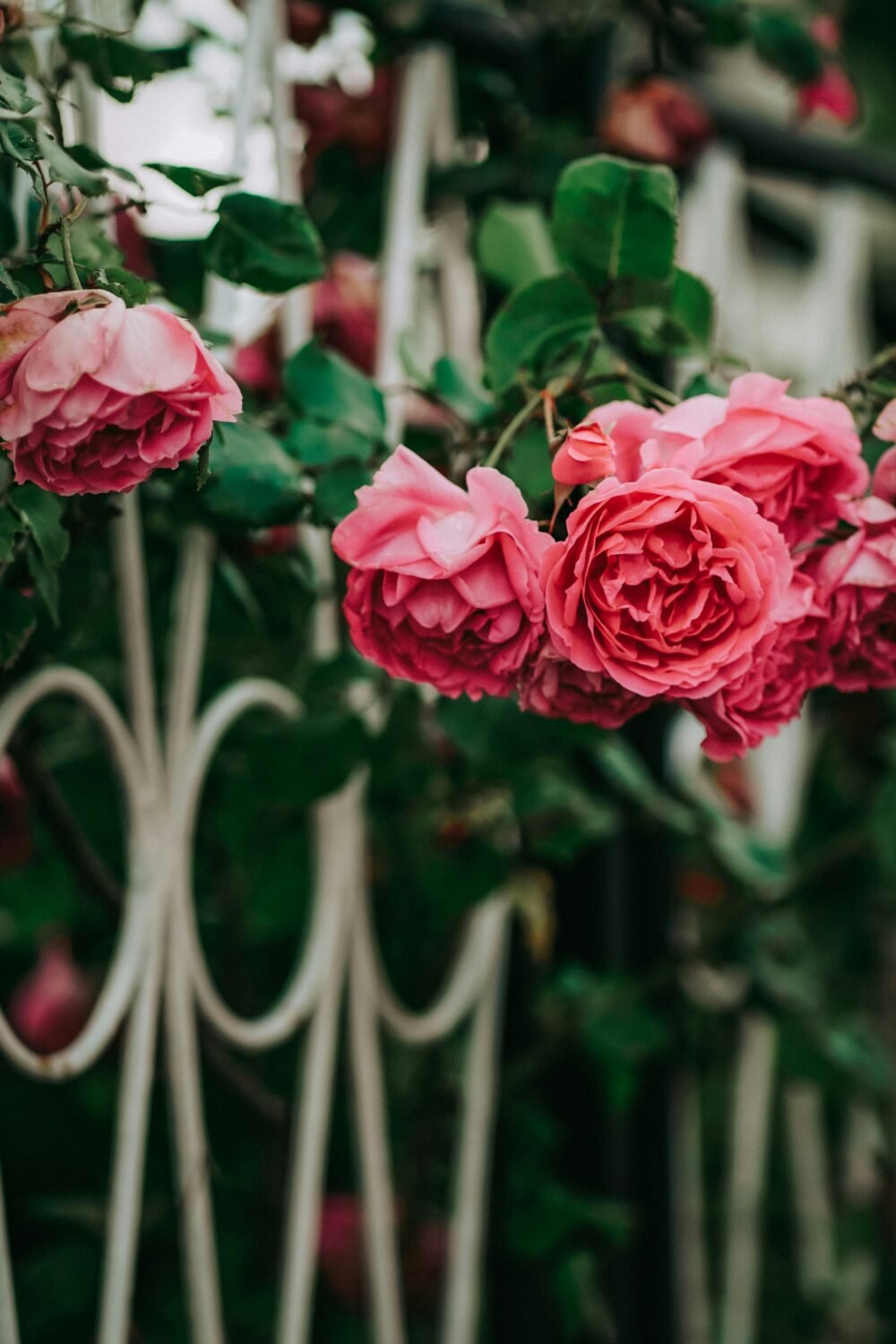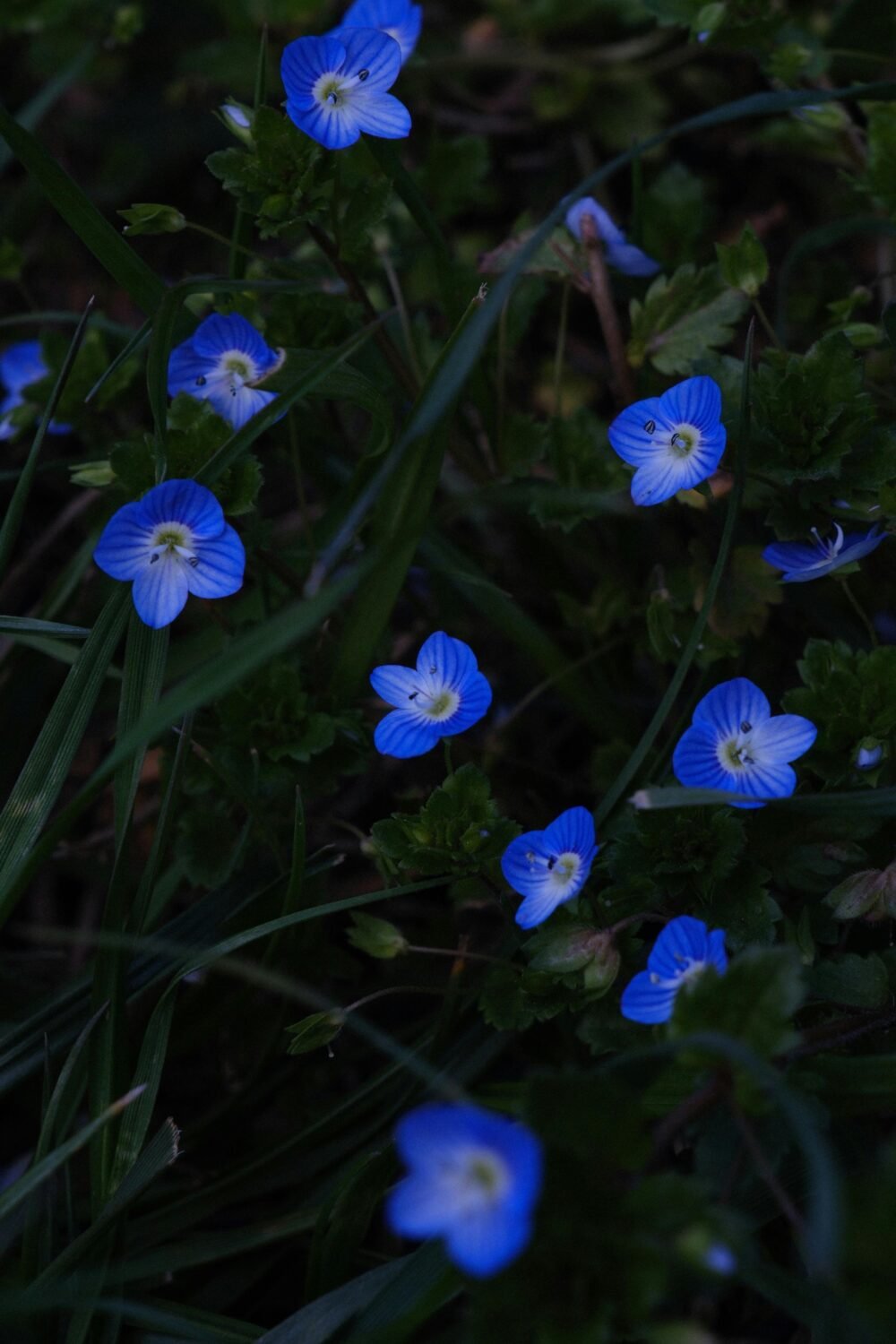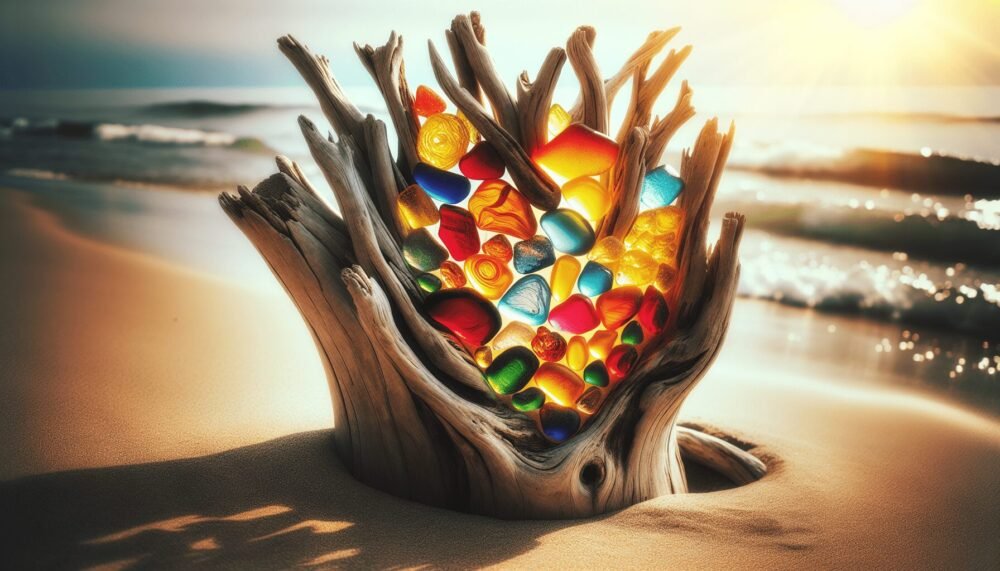Imagine stepping into a world where nature and art effortlessly blend together. Driftwood Glass Art is a mesmerizing exhibition that showcases the power of creative expression on driftwood surfaces using the medium of glass. This unique art form breathes new life into weathered driftwood, transforming it into stunning pieces that capture the essence of both land and sea. From delicate seascapes to intricate wildlife portraits, each creation tells a story and transports you to a place where imagination runs wild. Lose yourself in the captivating beauty of Driftwood Glass Art and be inspired by the harmonious fusion of nature and human creativity.
Introduction to Driftwood Glass Art
Driftwood Glass Art combines the natural beauty of driftwood with the elegance and translucence of glass to create stunning and unique pieces of art. This art form has gained popularity in recent years for its ability to blend organic materials with modern design techniques. Whether it’s a wall hanging, a functional art piece, or a piece of jewelry, driftwood glass art adds a touch of natural beauty to any space.
Definition of Driftwood Glass Art
Driftwood Glass Art is a form of artistic expression that involves using pieces of driftwood as a canvas or base, upon which glass pieces are carefully arranged and secured using epoxy resin or adhesive. This combination of materials creates a visually striking contrast between the weathered, natural textures of the driftwood and the smooth, colorful surfaces of the glass. The result is a unique and intricate piece of art that captures the essence of nature and contemporary design.
History and Origins
The origins of driftwood glass art can be traced back to the coastal regions where driftwood is abundant. Artists who lived in these areas often found inspiration in the unique shapes and textures of the washed-up driftwood, and they began incorporating it into their artwork. Over time, the idea of combining driftwood with glass emerged, and with advancements in adhesives and resin technology, the art form evolved into what it is today. Today, driftwood glass art is found in galleries and homes around the world, showcasing the creativity and craftsmanship of talented artists.
Overview of Driftwood Glass Art Techniques
Driftwood glass art involves several techniques to create visually stunning pieces. Artists first carefully select pieces of driftwood based on their shape, size, and texture. Then, they clean and prepare the driftwood by removing any debris or loose bark. Glass pieces, such as stained glass, sea glass, or fused glass, are chosen to complement the color scheme and overall design. These glass pieces are arranged on the driftwood in a deliberate and balanced composition, and then secured using epoxy resin or adhesive. Finally, additional decorative elements, such as shells, beads, or gemstones, may be added to enhance the overall aesthetic.
Materials and Tools Used in Driftwood Glass Art
Driftwood
The primary material used in driftwood glass art is, of course, driftwood. It can be found along coastlines or near bodies of water and is characterized by its weathered appearance and smooth texture. Artists look for driftwood pieces that are visually interesting and have unique shapes and curves that can enhance the overall design of the artwork.
Glass
Glass is a crucial component of driftwood glass art, as it provides the vibrant colors and translucent qualities that make the artwork visually captivating. Artists have a wide range of glass options to choose from, including stained glass, sea glass, and fused glass. Each type of glass brings its own unique qualities and characteristics to the artwork, allowing artists to explore different textures, patterns, and colors.
Epoxy Resin or Adhesive
To securely attach the glass pieces to the driftwood, artists use epoxy resin or strong adhesive. Epoxy resin is a popular choice for its durability and clear, glass-like finish. It not only helps secure the glass pieces but also adds a protective layer that enhances the visual appeal of the artwork. It’s important to follow the manufacturer’s instructions when working with epoxy resin, as it requires careful mixing and curing to achieve the desired results.
Safety Equipment
Working with glass and adhesives requires certain safety precautions to protect yourself from potential injuries. Artists should wear safety glasses or goggles to shield their eyes from glass shards, as well as gloves to protect their hands when handling sharp or fragile objects. Additionally, a well-ventilated workspace is essential when using epoxy resin or strong adhesives to minimize exposure to fumes.
Additional Decorative Elements
To further personalize and enhance the driftwood glass art, artists often incorporate additional decorative elements such as shells, beads, gemstones, or even small pieces of metal. These elements can add texture, color, and visual interest to the artwork, creating a more intricate and captivating final piece.

This image is property of images.unsplash.com.
Process of Creating Driftwood Glass Art
Preparation and Cleaning of Driftwood
Before beginning the art-making process, it is important to properly prepare and clean the driftwood. Start by removing any loose bark or debris from the wood using a brush or soft cloth. Carefully sand any rough or splintered areas to create a smooth surface. Once the driftwood is clean and smooth, it is ready to serve as the canvas for the glass pieces.
Selection and Preparation of Glass Pieces
The selection and preparation of glass pieces are crucial steps in creating driftwood glass art. Artists carefully choose glass pieces that complement the shape, size, and texture of the driftwood. Depending on the desired design, artists may opt for stained glass, sea glass, or fused glass, each providing its unique visual qualities.
To prepare the glass pieces, they should be cleaned and wiped free of any dust or fingerprints. If working with stained glass or fused glass, artists can cut or shape the glass to fit their desired design using glass-cutting tools or a glass grinder. Taking the time to ensure the glass pieces are properly cleaned and prepared will contribute to a finished artwork that is visually striking and flawless.
Arranging Glass Pieces on Driftwood
When arranging the glass pieces on the driftwood, artists often consider the overall composition and aesthetic they wish to achieve. They may experiment with different placement options, arranging the glass pieces in a way that complements the natural curves and textures of the driftwood. It’s essential to step back and observe the arrangement from different angles to ensure it looks balanced and visually pleasing.
Securing Glass Pieces with Epoxy Resin or Adhesive
Once the glass pieces are arranged to the artist’s satisfaction, it is time to secure them to the driftwood using epoxy resin or adhesive. Following the manufacturer’s instructions, carefully mix the epoxy resin or apply the adhesive to the driftwood and the back of each glass piece. Press the glass pieces firmly onto the driftwood, ensuring they are securely attached. Allow the epoxy resin or adhesive to fully cure according to the instructions, which may involve leaving the artwork untouched for several hours or days.
Finishing Touches and Additional Decorations
After the epoxy resin or adhesive has fully cured, artists may choose to add finishing touches and additional decorative elements to the driftwood glass art. This could include adding shells, beads, gemstones, or small pieces of metal to enhance the artwork’s overall aesthetic. Attention to detail during this stage can truly elevate the piece and make it even more unique and visually captivating.
Types of Driftwood Glass Art
Wall Hangings and Sculptures
One of the most common forms of driftwood glass art is wall hangings and sculptures. These pieces are designed to be hung on the wall or displayed on a tabletop or shelf, offering a striking focal point for any room. Wall hangings often feature a combination of driftwood and glass pieces arranged in a visually pleasing pattern or design.
Functional Art Pieces (e.g., Tables, Mirrors, Candle Holders)
Driftwood glass art is not limited to wall hangings and sculptures. Artists also create functional art pieces such as tables, mirrors, candle holders, and more. These creations combine the beauty of driftwood and glass with practicality, allowing art enthusiasts to incorporate these unique pieces into their everyday lives.
Jewelry and Accessories
Driftwood glass art extends beyond traditional wall hangings and functional art pieces. Artists also create jewelry and accessories using small pieces of driftwood and glass. These pieces often include pendants, earrings, bracelets, and rings, providing individuals with wearable art that showcases the beauty and uniqueness of driftwood glass art.

This image is property of images.unsplash.com.
Inspiration and Design Ideas for Driftwood Glass Art
Natural and Nautical Themes
One common source of inspiration for driftwood glass art is nature, particularly the ocean and beach environments. Artists may incorporate seashells, starfish, or other nautical elements into their designs to evoke a sense of the sea. The natural curves and textures of driftwood lend themselves well to the organic shapes found in nature, making it an ideal canvas for these themes.
Abstract and Geometric Designs
For those who prefer a more contemporary or minimalist aesthetic, abstract and geometric designs can provide endless inspiration. Artists can play with asymmetrical arrangements, bold colors, and geometric shapes, creating visually striking pieces that add a modern touch to any space.
Color Palettes and Combinations
Color plays a significant role in driftwood glass art, and artists can explore various color palettes and combinations to create different moods and effects. Some may prefer vibrant and contrasting colors to make a bold statement, while others may opt for more subdued and earthy tones for a calming and natural feel.
Personalized and Custom Designs
Driftwood glass art can also be customized and personalized to reflect the individual’s preferences and experiences. Artists can incorporate elements such as initials, names, or meaningful symbols into the artwork, making it a truly one-of-a-kind piece. Whether it’s a gift for a loved one or a personal reflection of oneself, custom designs add a personal touch to driftwood glass art.
Tips for Creating Driftwood Glass Art
Finding High-Quality Driftwood
When sourcing driftwood for your artwork, it’s important to look for high-quality pieces that are sturdy, well-aged, and have interesting shapes and textures. Avoid driftwood that is rotting or infested with insects, as it may compromise the structural integrity of the artwork. You can find driftwood at local beaches, rivers, or even purchase it from reputable suppliers.
Choosing the Right Glass Pieces
The selection of glass pieces is crucial to achieving the desired aesthetic in driftwood glass art. Consider the overall color palette, the shape and size of the glass pieces, and how they will harmonize with the driftwood. Experiment with different combinations, and don’t be afraid to mix and match different types of glass to create unique and captivating designs.
Creating a Balanced Composition
Achieving a balanced composition is essential to creating visually pleasing driftwood glass art. Consider the size and shape of the driftwood piece, and let it guide your arrangement of the glass pieces. Play with proportions and placement, ensuring that the artwork feels harmonious and visually appealing from different angles.
Working with Epoxy Resin or Adhesive Safely
When working with epoxy resin or adhesive, it’s important to take necessary safety precautions. Ensure you are in a well-ventilated area and wear appropriate protective gear, such as gloves and safety glasses. Follow the manufacturer’s instructions for proper mixing and application, as epoxy resin can be toxic if mishandled.
Experimenting with Different Techniques and Styles
Driftwood glass art is a versatile and creative craft, and artists should feel empowered to experiment with different techniques and styles. Explore new glass cutting or shaping techniques, try different epoxy resins or adhesives, and push the boundaries of your creativity. Embrace the process of discovery and allow yourself to evolve and grow as an artist.

This image is property of images.unsplash.com.
Care and Maintenance of Driftwood Glass Art
Cleaning and Dusting
To keep your driftwood glass art looking its best, regular cleaning and dusting are essential. Use a soft cloth or duster to gently remove any dust or debris from the surface of the artwork. Avoid using harsh chemicals or abrasive cleaners, as they may damage the glass or driftwood.
Avoiding Direct Sunlight and Extreme Temperatures
Direct sunlight and extreme temperatures can potentially damage driftwood glass art. Exposure to sunlight may cause fading or discoloration of the glass, while extreme temperatures can lead to warping or cracking of the driftwood. Display your artwork in a location that is shielded from direct sunlight and where the temperature remains relatively stable.
Repairing and Restoring Damaged Pieces
In the unfortunate event that your driftwood glass art becomes damaged, it is possible to repair and restore it. Small chips or cracks in the glass can often be filled with clear adhesive or epoxy resin. If the driftwood becomes damaged or starts to deteriorate, it may be necessary to replace or repair the affected areas. Consulting with a professional artist or restorer can provide valuable guidance and assistance in repairing damaged driftwood glass art.
Buying Driftwood Glass Art
Researching and Identifying Reputable Artists and Sellers
When looking to purchase driftwood glass art, it’s essential to do thorough research and identify reputable artists and sellers. Look for artists who have a proven track record of creating high-quality pieces and who have positive reviews and testimonials from satisfied customers. Take the time to visit galleries, exhibitions, or online platforms to assess the quality and craftsmanship of the artwork.
Considering Authenticity and Originality
Authenticity and originality are important factors to consider when buying driftwood glass art. Ensure that the artwork you are purchasing is genuinely made from driftwood and high-quality glass, rather than artificial materials. Originality is also crucial to ensure that you are acquiring a unique piece of art that reflects the artist’s creativity and craftsmanship.
Evaluating Quality and Craftsmanship
Pay close attention to the quality and craftsmanship of the driftwood glass art you are considering purchasing. Look for precise placement and secure attachment of the glass pieces, as well as attention to detail in the finishing touches and additional decorative elements. The overall composition should be visually pleasing, and the artwork should demonstrate the artist’s skill and expertise.
Pricing and Budget Considerations
Driftwood glass art comes in a wide range of prices, depending on factors such as the size, complexity, and reputation of the artist. Before making a purchase, establish a budget and consider how much you are willing to invest in a piece of driftwood glass art. Keep in mind that high-quality, handmade pieces may command higher prices, but they also offer a level of craftsmanship and uniqueness that mass-produced pieces may not.

DIY Driftwood Glass Art Projects
Step-by-Step Tutorials
For those who are interested in trying their hand at driftwood glass art, there are many step-by-step tutorials available online. These tutorials guide beginners through the process, from sourcing the materials to arranging the glass pieces and securing them with epoxy resin or adhesive. Following these tutorials can provide a structured and educational introduction to creating driftwood glass art.
Recommended Beginner Projects
If you are new to driftwood glass art, it’s best to start with simpler projects to familiarize yourself with the techniques and materials. Consider creating a small wall hanging or a pendant as your first project. These projects allow you to practice arranging glass pieces and securing them to the driftwood while providing a manageable scope for beginners.
Tools and Materials Required
To embark on a DIY driftwood glass art project, you will need a few essential tools and materials. These include driftwood, glass pieces, epoxy resin or adhesive, safety equipment (such as gloves and safety glasses), cleaning supplies, and any additional decorative elements you wish to incorporate. It’s important to gather all the necessary tools and materials before starting your project to ensure a smooth and enjoyable crafting experience.
Troubleshooting Tips
Like any artistic endeavor, driftwood glass art may come with its share of challenges and obstacles. It’s important to approach these challenges with patience and creativity. Should you encounter issues such as glass pieces not adhering properly or epoxy resin not curing as expected, consult online resources or seek guidance from experienced artists. Troubleshooting tips and advice can help you overcome obstacles and continue to enhance your skills as a driftwood glass artist.
Conclusion
Driftwood glass art is a truly unique and captivating artistic medium that combines the beauty of nature with the elegance of glass. Whether you choose to appreciate the beauty of driftwood glass art by purchasing a piece or to express your own creativity through DIY projects, this art form offers endless possibilities for exploration and self-expression. From wall hangings and sculptures to functional art pieces and jewelry, driftwood glass art can enrich any space and serve as a meaningful and sustainable gift. Explore the versatility and creativity of driftwood glass art and unlock your own artistic potential.





